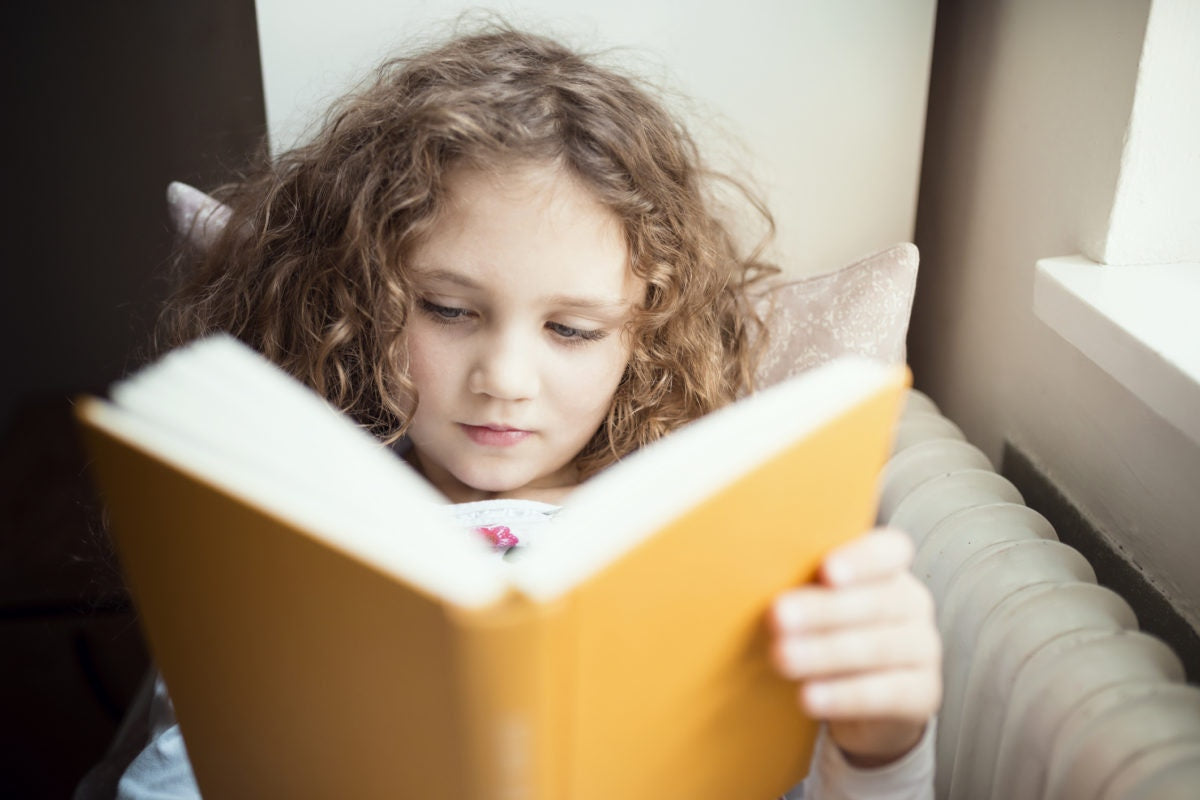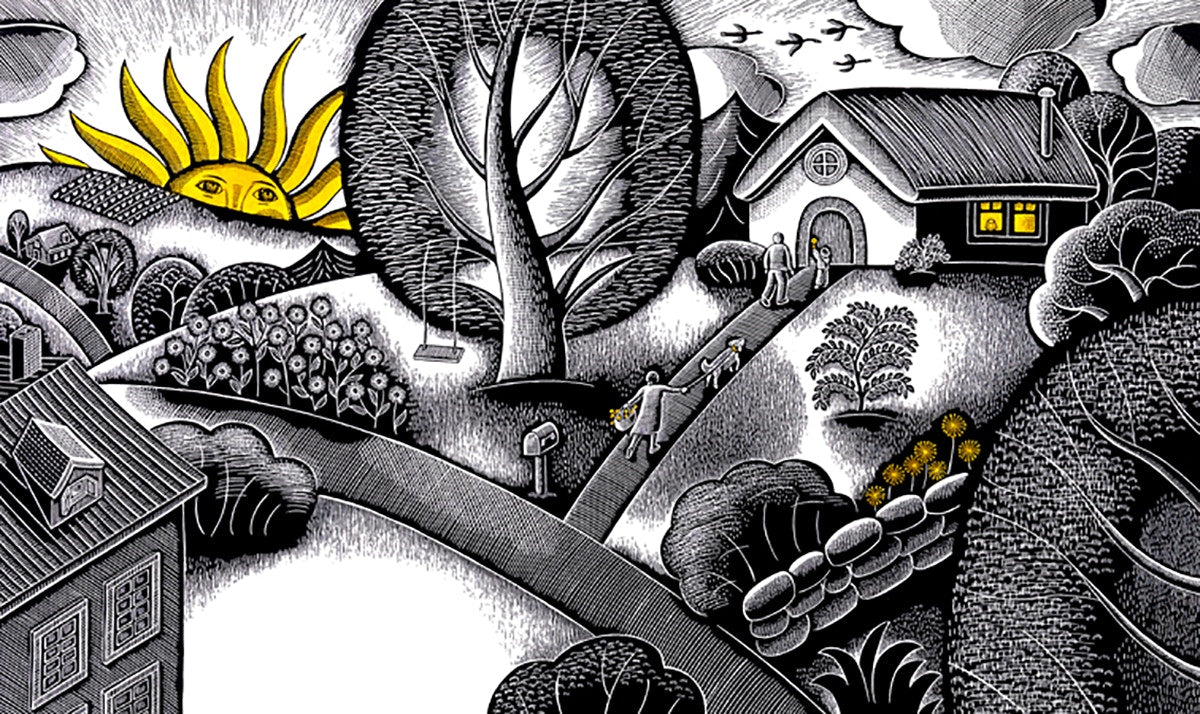Despite some of the most treasured children’s books featuring delightful and endearing animals, new research suggests that children’s morals are more positively influenced by human characters. The study, conducted by the University of Toronto’s Ontario Institute for Studies in Education (OISE), found that children became more generous when they read books with human influences. Researchers read one of three stories to almost 100 children between four and six years old. One book was about sharing with human characters, another was about sharing with anthropomorphic animal characters, and a third was a control book about seeds. The team selected “Little Raccoon Learns to Share” by Mary Pacard for the animal book because of its strong sharing theme and moral connection. The human book was created using scanned images from the animal book and replacing the animal characters with humans via Photoshop. Before they were read a book, the children chose 10 stickers to take home and were told that one child among them would not receive any stickers. It was suggested that they share their stickers with the anonymous child by placing them in an envelope when the researchers were not looking. After they were read the story, they chose another 10 stickers and were asked again to share with the child who would receive none. Researchers discovered that those who were read stories with human characters were more generous in sharing their stickers, while “in contrast, there was no difference in generosity between children who read the book with anthropomorphized animal characters and the control book; both groups showed a decrease in sharing behavior.” The study concluded that, contrary to widespread belief, realistic stories, not anthropomorphic ones, are better for promoting children’s pro-social behavior. “Books that children can easily relate to increase their ability to apply the story’s lesson to their daily lives,” says Patricia Ganea, lead researcher and an associate professor of early cognitive development at OISE. "It is important for educators and parents to choose carefully when the goal is to teach real-world knowledge and social behaviors through storybooks,” she added. She also thought it would be useful for children’s authors and illustrators to be aware of the study’s findings. “We tell stories to children for many reasons, and if the goal is to teach them a moral lesson, then one way to make the lesson more accessible to children is to use human characters,” Ganea told The Guardian in an interview. While Jennifer Ward, author of numerous children’s books depicting both animals and humans, believes children would more readily apply what they’ve learned from stories that are realistic, she said that animals, including anthropomorphized animals, and imaginary creatures do serve a useful purpose. “Creativity, imagination, and wonder are powerful tools, and any mind, young or old (in my mind) benefits from experiences with creating, imagining and wondering ... whether it’s about the characters or setting in a book that has been read, or through playtime, or simply spending time out in nature,” she told Parent Co. Children’s author Catherine Thimmesh pointed out what she believes to be several “flaws” in the study. “Kids respond to books they enjoy (and enjoyment often correlates to books they can identify with in some way),” she said. “I have not read the book used in the study “Little Raccoon Learns to Share,” nor had I ever heard of it.” She questioned why the study didn’t select a popular book to read and, more importantly, why the study only read a single book (from each control). “Might the kids have responded differently to a different book? Might they have responded differently when read multiple books?” she asked. She also questioned if the reader’s delivery was controlled or accounted for. Did researchers add more emphasis and enthusiasm to the books with human characters? “Adults read with different amounts of inflection and emphasis and excitement and boredom, and so on… usually involuntarily, but it certainly could have been deliberate. The delivery of a book greatly affects how young children respond to it,” she explained. Randy Cecil, who writes and illustrates children’s books including “Horsefly and Honeybee,” said there can be a special sort of thrill that comes from seeing a character in a book that looks like you. And that that physical similarity can make it easier to identify, and connect, with the character. “I still recall the feeling of identification when I first read the picture book ‘One Monday Morning’ by Uri Shulevitz,” he said. “But if a book is well written and well-illustrated, I don’t think it makes a difference for most children whether the characters are humans, animals, inanimate objects, or imaginary.” The characters that had the most profound emotional impact on Cecil as a child were a donkey dressed in human clothing (“Sylvester and the Magic Pebble”), and a bull (“Ferdinand”). He said that broadening children’s empathy through stories about characters that look different from themselves is one of the most important things a book can do. “I applaud anthropomorphized animals in books,” said Ward. “I believe the crucial factor when a child reads is that he/she has choices … an opportunity to experience a variety of genres, book topics, and illustration styles.” What are your thoughts on the study? Do you think human characters in books are more relatable? Share in the comments. We’ve selected these items because we want these great products to be on your radar!



